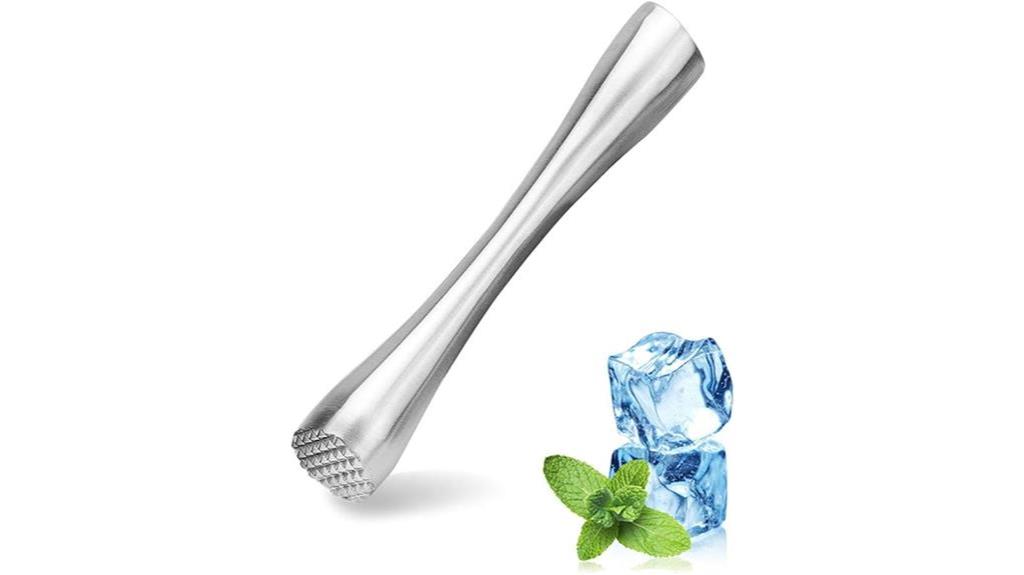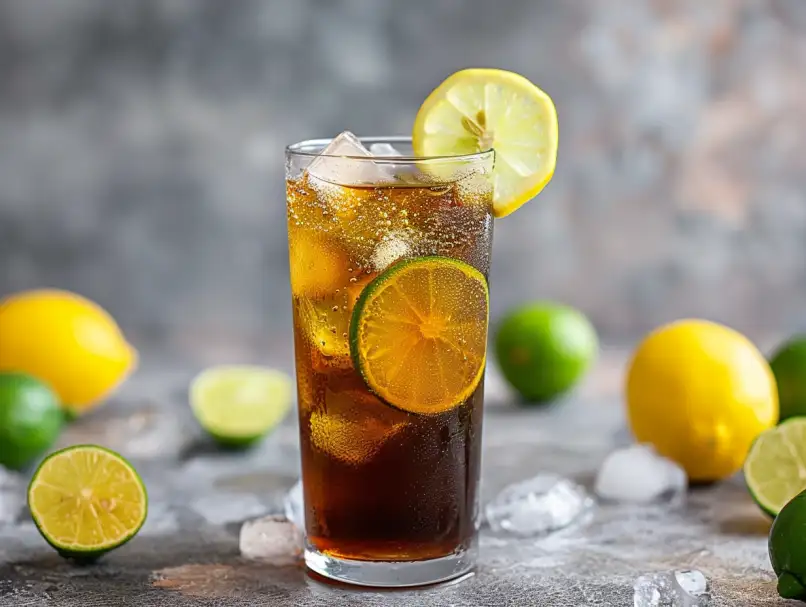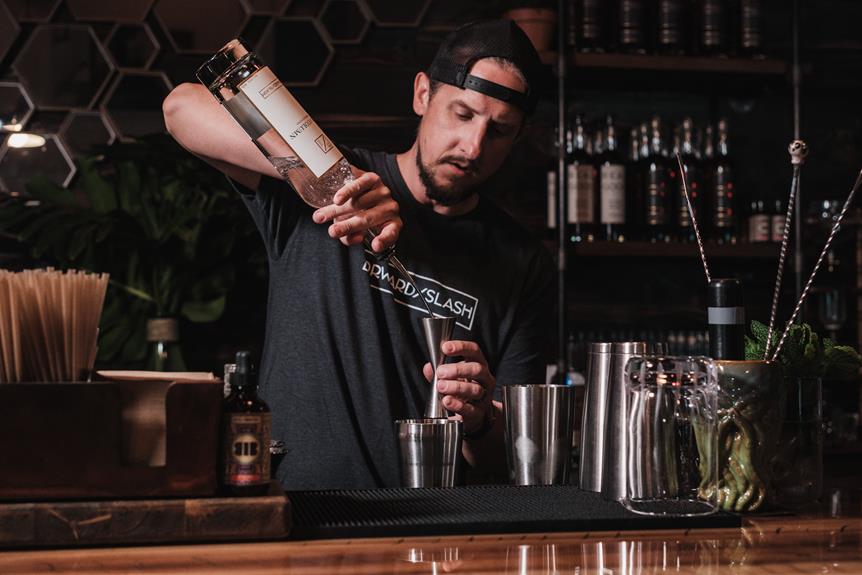Learning How to Bartend
What You’re Going to Need to Learn if You Plan on Becoming a Bartender
Teaching someone how to bartend in the length of an article is somewhat of an impossible task. Some people think that learning to bartend simply involves learning a couple of key drinks.
Let me tell you that bartending is so much more than just knowing how to make a Singapore Sling or Long Island Iced Tea. It’s about being good with people. A good bartender enjoys entertaining people and being the centre of attention. They know how to multitask and work in a very fast-paced environment. They have excellent memories and are able to remember 4-12 drinks at a time as well as what every regular customer drinks. They are able to recommend and explain the difference between different types of beer, wine, spirits and liqueurs. Bartenders are people that know how to work hard, they are constantly doing something to keep busy – even when the bar’s not busy.
Oh yes, learning how to bartend is more than just being able to ask “what can I get for you?”, twisting the cap off a bottle of Budweiser and giving change for a fiver.
Here is a basic rundown of the important aspects of a bartender’s job. In a very small nutshell, this is how to bartend.
- Know Your Glassware
Different types of drinks are served in different bar glassware. Make sure you understand that a Rocks Glass is to serve rum and cokes, gin and tonics etc and a highball is for a Tom Collins or Long Island Iced Tea. - Bartending Terminology
As with any industry, there is a lot of jargon that goes with bartending. You’ll need to know what ‘up’, ‘dry’, ‘on the rocks’ and ‘dirty’ mean. That way you won’t look like a deer in headlights when a customer orders a dirty Vodka martini on the rocks. - Product Knowledge / Drink Recipes
As well as knowing your bartending terminology, you’ll also need to know a certain number of drink recipes (about 30 core drinks as well as some local specialties) as well as the differences between ales and lagers and single malts and blended scotch. You may even want to go so far as to learn the history of certain spirits or liqueurs. - Cutting Fruit
As a bartender, you’ll need to cut fruit before, during or after your shift. Depending on the establishment that you plan on working at, these will include lemons and limes and may include oranges or other more exotic fruit. These fruit could be cut into slices, wedges or wheels and each has a specific way of being cut. In addition to the different ways to cut fruit for the bar, you’ll also need to know how to zest a fruit in order to make a twist.

- Behind the Bar Setup
There is a certain way that each bartender sets up their station – the area behind the bar where they create their drinks. Many bartenders have a preference for how they set up their stations, but they all have certain things in common. Every bartender’s station should contain: ice and ice scoop, accessible glassware, well (or rail) spirits including: vodka, rye, scotch, rum and gin. Depending on the size of your well, you may have Tequila, triple sec or other spirits or liqueurs that are popular in your particular bar. Next you’ll need mixes that may not be on your soda gun – orange, lime bar mix, cranberry, tomato etc. Make sure that you have straws and picks as well as enough fruit cut for the shift. And lastly, but ever so important, a clean rag. - Customer Service Skills
If you’re going to be a bartender, you’ve got to like people and be personable. Many bar managers would argue that this is one of the most important traits to being a good bartender. Any of the other skills are easily learned while this one tends to be a bit tougher to teach someone. A good bartender is not only a drink slinger, they are an entertainer and a good listener.

- Money Management / Counting
Even though the bar you’ll work at will likely have some type of computer system to manage orders, it doesn’t mean that you should be relying on it to do your basic math for you. In busy clubs, time is money. Meaning, the more time you spend at the cash, the less people you can serve. Which translates into less tips for you and less income for the establishment.
Here’s the proper way to get change from the cash without having to punch in how much money the customer gave you. Let’s say the order was $5.25 and the customer gave you a $20. Lay the $20 on top of the cash and, starting with the quarters, start counting from $5.25 up to $20. So you would grab 3 quarters, counting in your head $5.50, $5.75, $6. Then you would take four $1s, counting $7, $8, $9, $10. Then either a ten dollar bill or two fives to finish the count at $20. Then put the customer’s $20 in the drawer, close the drawer and give the change back to the customer.
- Pouring Skills
Learning how to pour alcohol and beer properly is essential to being a good bartender. If you can’t pour properly, you’ll run into a host of problems. First, you won’t be able to keep up in a fast-paced environment. Secondly, your drinks will all taste different because you can’t pour the same amount of alcohol in each. And thirdly, you’ll screw up the liquor inventory because you’ll either be under-pouring or over-pouring all your drinks.If you can’t pour draught (draft) beer properly, you’ll end up sitting at the taps all night trying to get just one pint without all the head (foam). This will also throw off the liquor inventory and you’ll hear about it from your manager. Bars will either use a shot glass, a jigger, a measured pour spout or a controlled liquor inventory system which automatically counts and records each pour from the bottles. Although its one of the worst things a bar can do regarding inventory costs, some bartenders may free pour – which means not using any measuring device. - Taking Orders
As a bartender, your #1 concern is your customer. With this in mind, you should be constantly on the look out for customers in need of drinks. A good bartender will always be keeping an eye on their customers’ drink levels and be there to ask if they’d like another when they get low. For new customers, you should greet the customer, get their order, repeat their order back to them and then make or get the order and deliver it to them. Once you deliver the order, tell the customer the final total, take payment and bring back their change with a big smile and a Thank-You. - A Bartender is Never NOT Busy
You may work in a bar where there are slow times or slow days. This does not mean that you’ll have nothing to do but sit around picking your ass all day. This is the time when you clean the bar thoroughly, cut extra fruit for the next shift, wipe down all the liquor bottles, wash and polish all the glassware, soak all the rags, stock up the bar and bring in backups for the next shift. If you have customers, it’s okay to sit and chat with them – that’s part of your job – to keep customers happy and entertained. But if you have no customers, start checking off the above list one by one.
For the purposes of this article, we’ll stop there. Some of the areas that were not covered above include tearing down / closing the bar, cashing out, tipping out, how to deal with rude customers, changing kegs and how to manage when you’re crazy busy or ‘in the weeds’ as it’s known in the industry. Now that you’ve learned how to bartend, the next logical step is learning how to become a bartender.






